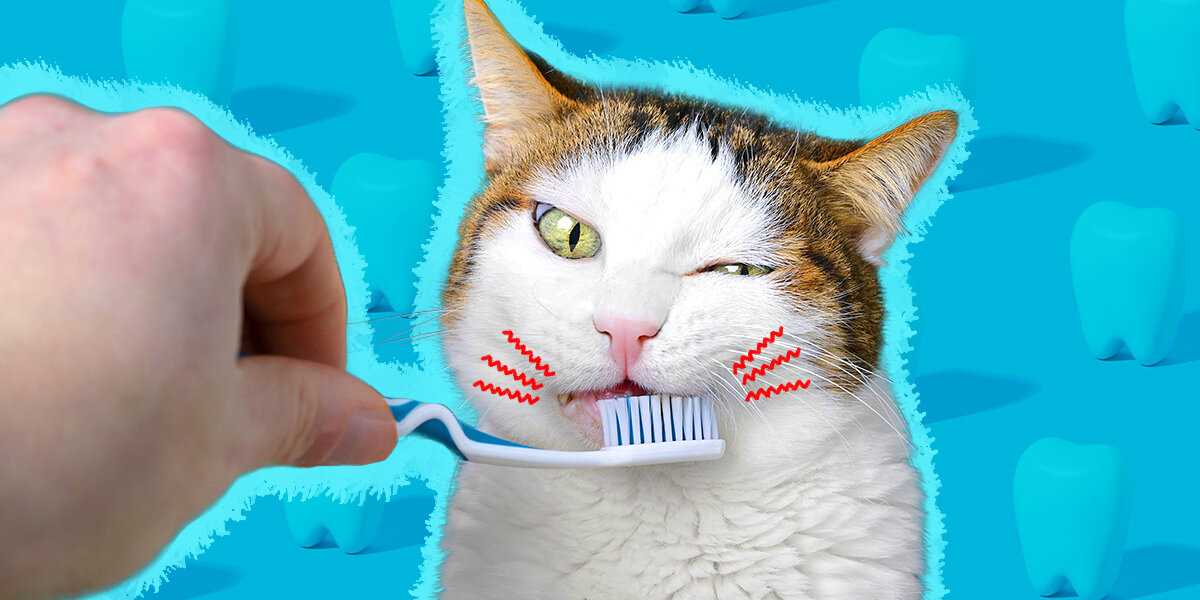



Forcing a solution to eliminate unpleasant odors involves a few straightforward steps. Begin with a mixture of equal parts water and white vinegar. Apply this solution generously to the affected area, allowing it to penetrate the surface. The vinegar’s natural properties will help neutralize the unpleasant scent.
After the application, let the mixture sit for about 10-15 minutes. Blot the area with a clean cloth to absorb any excess liquid. This process should significantly reduce the unwanted aroma.
Follow up with baking soda. Sprinkle a liberal amount over the treated area, letting it sit overnight. Baking soda acts as an absorbent, drawing out residual odors. The next day, vacuum the area thoroughly to remove the powder and any lingering scent.
For persistent issues, consider using enzyme-based cleaners specifically designed to break down organic compounds. These products can effectively target and eliminate tough odors, ensuring a fresh and pleasant environment.
Identifying the Source of the Smell
To effectively eliminate the odor, locating the precise origin is crucial. Here are steps to pinpoint the problem:
- Perform a visual inspection of the area. Look for any discoloration or stains on the surface.
- Utilize a black light. This tool helps reveal any hidden spots that may not be visible under normal lighting conditions.
- Sniff test different sections of the flooring. Focus on corners, near furniture, and around litter boxes.
- Check for any soft spots in the wood. These areas might be absorbing liquids and harboring unpleasant scents.
Once the source is identified, addressing the issue becomes more manageable. It’s important to act quickly to prevent further damage to the flooring.
Preparing the Cleaning Solution
Mix equal parts of white vinegar and water in a spray bottle. Add a few drops of dish soap for enhanced cleaning power. Shake gently to combine the ingredients. This solution effectively neutralizes odors and breaks down residues. For a stronger formula, consider incorporating baking soda; mix a tablespoon with the vinegar and water blend. This addition boosts deodorizing capabilities.
Alternatively, a mixture of hydrogen peroxide and water works well. Combine one part hydrogen peroxide with two parts water in a spray container. This solution targets stubborn odors and disinfects simultaneously. Always test on a small, inconspicuous area of the surface first to ensure no damage occurs.
Whichever mixture is selected, ensure to have clean rags or paper towels ready for application. These will assist in absorbing the moisture and lifting any remaining particles after treatment. Consistent application may be necessary for more persistent odors.
Applying the Solution to the Affected Area
First, ensure the cleaning mixture is well combined. Using a clean cloth or sponge, generously apply the solution directly onto the contaminated surface. It’s important to saturate the area thoroughly; this helps the formula penetrate deep into the fibers of the material.
Gently rub the affected section with the cloth, working in circular motions. This method allows the liquid to interact with the residues embedded in the grain. Pay extra attention to corners and crevices where the liquid may have pooled.
After applying, let the mixture sit for at least 10-15 minutes. This waiting period allows the solution to break down the lingering particles effectively. For stubborn areas, consider repeating the application process to ensure complete coverage.
Once the time has passed, use a clean, damp cloth to wipe away the excess solution. Rinse the cloth frequently to avoid spreading any remaining residues. Afterward, dry the area with a soft towel to prevent moisture buildup, which might cause further issues.
Finally, allow the surface to air dry completely. This step is crucial, as lingering dampness can attract more odors. Monitor the area over the next few days for any signs of residual odor and repeat the process if necessary.
Neutralizing Remaining Odors with Baking Soda
Sprinkling baking soda generously over the affected area works wonders in absorbing lingering scents. Allow it to sit for several hours, or ideally overnight, to maximize its effectiveness. This natural deodorizer targets unwanted odors while being safe for surfaces.
After the waiting period, vacuum the area thoroughly to remove the baking soda. This step helps lift away trapped particles and odors. If any traces remain, a second application may be necessary to ensure complete freshness.
For additional potency, mixing a few drops of essential oil with the baking soda can enhance the fragrance while still neutralizing unwanted scents. Just ensure that any oils used are safe for pets, as some can be harmful.
Preventing Future Incidents on Wood Surfaces
Regular cleaning of areas frequented by pets minimizes the likelihood of unpleasant odors. A simple mixture of vinegar and water can serve as an effective daily cleaner that does not harm wood. Spray lightly and wipe with a soft cloth to ensure surfaces remain fresh.
Behavioral Adjustments
Encouraging proper behavior is vital. Providing designated places for elimination, such as litter boxes, is essential. Ensuring these boxes are clean and easily accessible can significantly reduce accidents. Consider using a calming product for cats to create a more relaxed environment. Stress often leads to unwanted behavior.
Monitoring and Maintenance
Regular inspections of wood surfaces can help identify potential issues early. If any signs of scratching or damage appear, repair immediately to prevent further deterioration. Additionally, utilizing protective coatings can safeguard wood from moisture and stains. For those considering cleaning equipment such as pressure washers, understanding can pressure washer pressure be regulated is crucial to avoid damaging surfaces.








